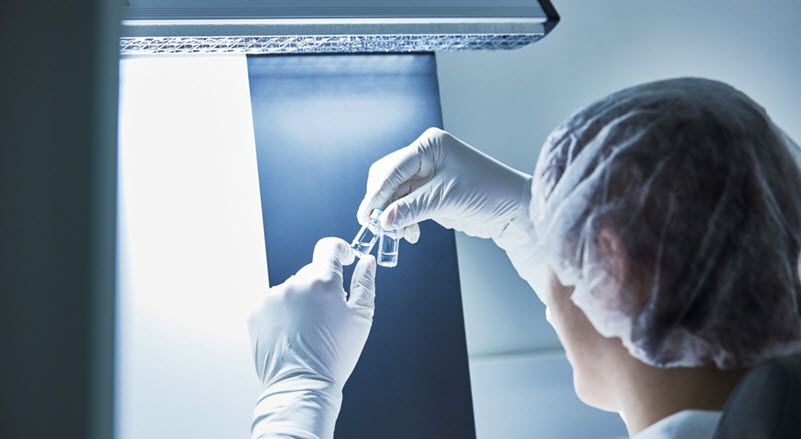Introduction
Visual inspection is a critical process in various industries, including manufacturing, aerospace, and healthcare. It involves the examination of products, parts, or equipment to ensure they meet the required standards and specifications. To ensure accurate and consistent results, visual inspection must be performed under proper lighting conditions. In this article, we will discuss the visual inspection lighting requirements and how they can impact the inspection process.
Importance of Proper Lighting
Proper lighting is essential for accurate visual inspection as it allows the inspector to see the details of the item being inspected. Poor lighting can cause shadows, glare, and reflections, making it difficult to identify defects or inconsistencies. Additionally, poor lighting can cause eye strain and fatigue, leading to mistakes and errors in the inspection process.
Proper lighting also ensures consistency in the inspection process. By providing the same lighting conditions for all inspections, the inspector can make accurate and consistent assessments. This is especially important in industries where product quality and safety are critical, such as aerospace and healthcare.
Visual Inspection Lighting Requirements
The visual inspection lighting requirements vary depending on the industry and the item being inspected. However, there are some general guidelines that should be followed.
- Brightness: The lighting should be bright enough to clearly see the details of the item being inspected. The recommended brightness level is typically between 75 and 150 foot-candles (800 and 1600 lux).
- Colour Temperature: The lighting should have a colour temperature of around 5500K (Kelvin). This is the colour temperature of natural daylight and provides a neutral light that allows the inspector to see the true colours of the item being inspected.
- Shadow-Free Lighting: The lighting should be designed to minimize shadows and glare. This can be achieved by using multiple light sources or by using diffusers to spread the light evenly.
- Angle of Illumination: The lighting should be positioned to provide the best angle of illumination for the item being inspected. This can vary depending on the item and the inspection process.
Types of Lighting Used for Visual Inspection
There are several types of lighting that can be used for visual inspection, including:
- Incandescent Lighting: Incandescent lighting is a traditional type of lighting that uses a filament to produce light. It is inexpensive and widely available, but it is not recommended for visual inspection as it produces a yellow light that can cause colour distortion.
- Fluorescent Lighting: Fluorescent lighting is a type of lighting that uses a gas-discharge lamp to produce light. It is energy-efficient and widely available, but it can produce a flicker that can cause eye strain and fatigue.
- LED Lighting: LED lighting is a type of lighting that uses light-emitting diodes to produce light. It is energy-efficient, has a long lifespan, and produces a neutral light that is ideal for visual inspection.
- Halogen Lighting: Halogen lighting is a type of lighting that uses a halogen bulb to produce light. It is a type of incandescent lighting that is more energy-efficient than traditional incandescent lighting, but it can still produce a yellow light that can cause colour distortion.
It is important to note that visual inspection lighting requirements may also vary depending on the type of inspection being performed. For example, surface inspections may require a different level of brightness and angle of illumination than sub-surface inspections. Additionally, certain industries may have specific lighting requirements, such as aerospace, where inspections must be performed in a cleanroom environment with strict lighting controls.
To ensure accurate and consistent results, it is important to conduct regular maintenance and calibration of the visual inspection lighting system. This includes cleaning the lights, replacing burned-out bulbs, and adjusting the angle and brightness of the lights as needed.
Another important aspect of visual inspection lighting is the use of appropriate lighting accessories, such as magnifiers, polarizing filters, and diffusers. These accessories can enhance the visibility of certain features or defects and improve the overall accuracy and consistency of the inspection process.
Conclusion
In conclusion, visual inspection lighting requirements are critical to ensure accurate and consistent results in the inspection process. Proper lighting should be bright, have a colour temperature of around 5500K, be shadow-free, and provide the best angle of illumination for the item being inspected. Regular maintenance and calibration of the visual inspection lighting system, as well as the use of appropriate lighting accessories, can further enhance the accuracy and consistency of the inspection process.






